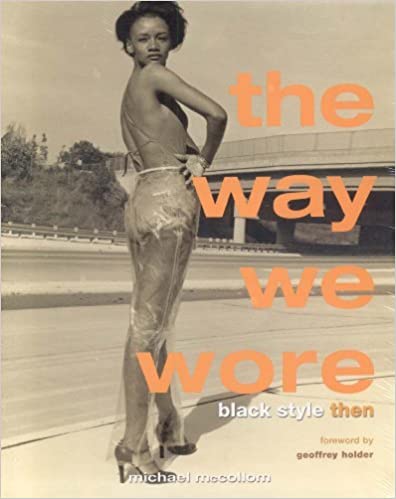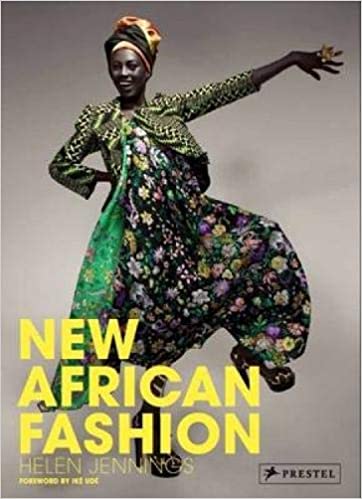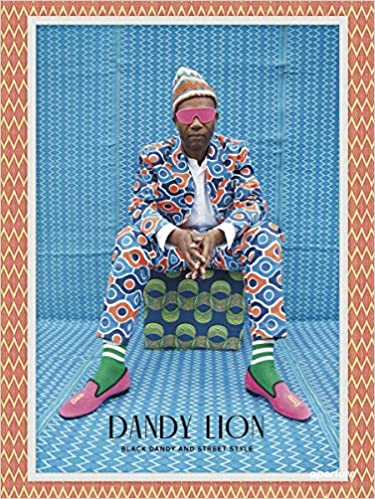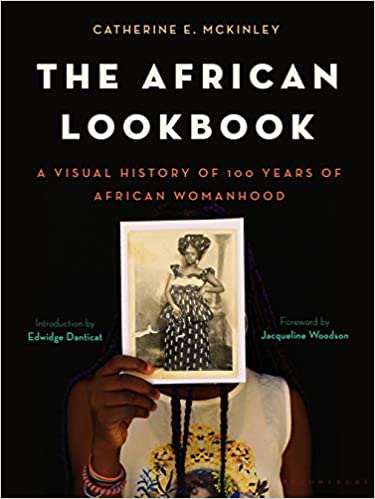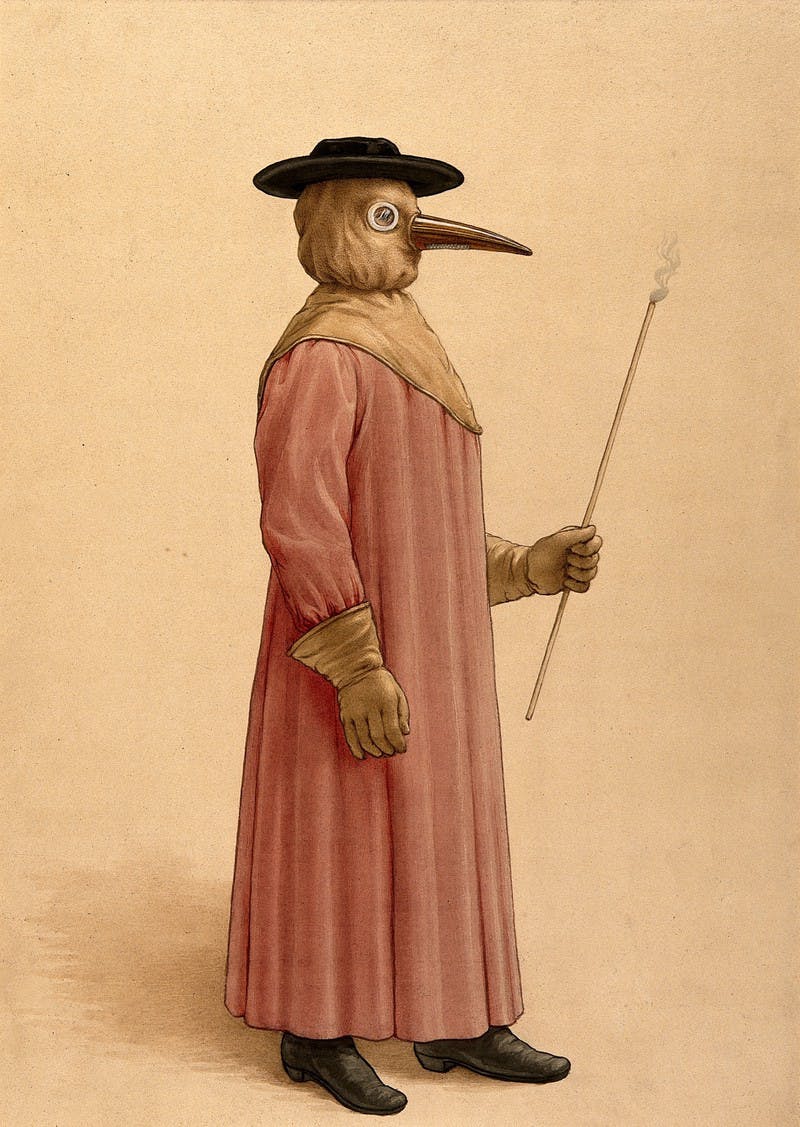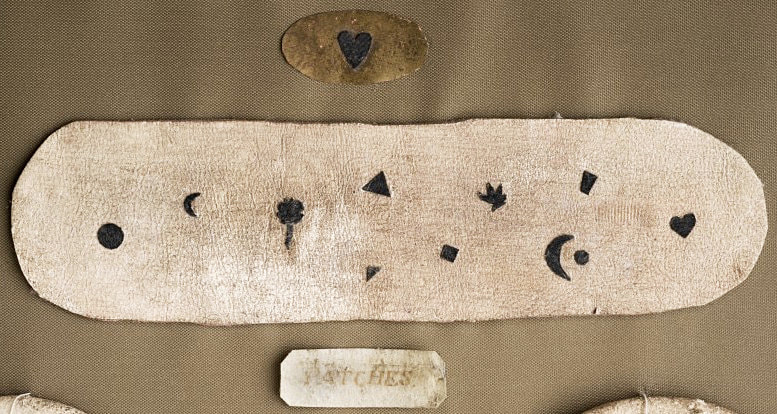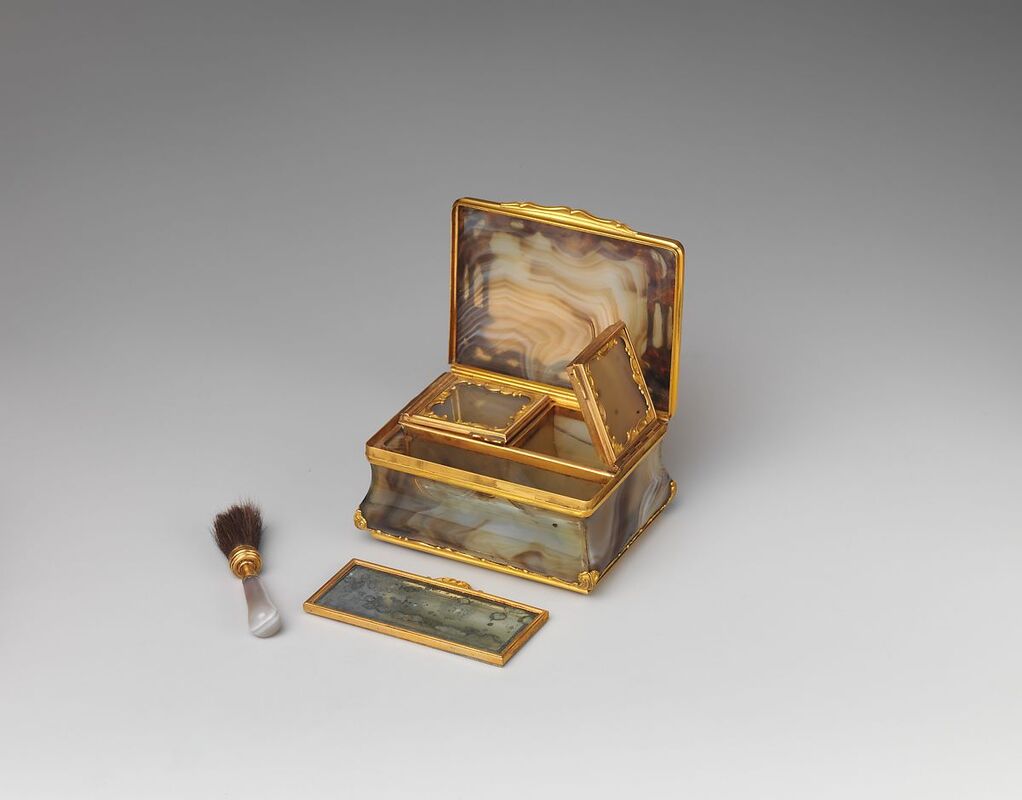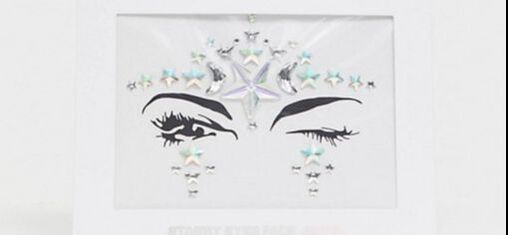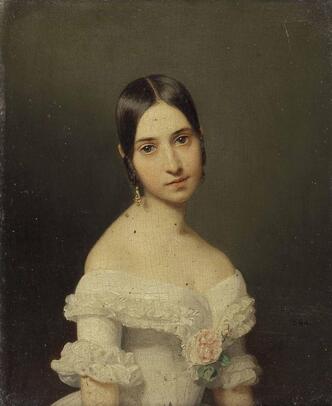|
When it comes to clothing/costume history many of us studying in the west tend to skim over non-European and non-white clothing. There may be one special class on Indigenous dress or Saris, or Kimonos, but nothing substantial. Most of my resource books also barely scratch the surface of any other topic than European fashion history. I decided to try to gather books for fellow costume curious people to have a starting point to educate ourselves about these non-white and non-European fashion histories. This is in no way the ultimate list. There are so many other books out there and books yet to be published. Use this list as a jumping off point for your own book research and not as the authority on the only books there are. I always suggest looking at your local library for these books. If they don't have them ask for them to purchase them. If you choose to purchase them yourselves I would suggest finding small book stores. Literary Hub has a list of Black owned book stores you can check out and order from online! (The Lit Bar in NYC carries many of the books I list below.)
More Books
0 Comments
When one thinks of a doctor today, a picture of a person in scrubs, maybe with a white lab coat or disposable gloves on with a tie on mask may come to mind. Most would not instantly think of a figure covered in a long robe or coat with a bird head. But, during the 1600s some in Europe would describe doctors just like that; figures covered from head to toe in long robes with a beaked mask. When the Great Plague swept through London doctors needed a way to protect themselves when making house calls. Many chose the uniform credited to Charles de Lorme, a French doctor. De Lorme's uniform included a wax covered coat, trousers connected to boots, hat, gloves, and a beaked mask. Most of the costume was to be make out of leather with none of the wearer's skin showing least his pores soak up the "miasma". Sicknesses, especially the Black Death, Plague, Great Plague, etc. were thought to be caused by bad air or "miasma" so the beaked mask carried sweet or strong scented herbs and the waxed coat often was infused with a scent as well. These measures were thought to protect the doctor as he treated his patients, although no firm scientific proof was available. Ultimately their outfits did little to protect them. The visual of the "plague doctor" is so iconic that many different societies have used the shape and symbol. In Italy the long shape of the beaked mask became popular in commedia dell'arte performances as well as at carnival celebrations. The costume was rightly so associated with death, forever tying it to horror movies and video games. Plague doctors were as ineffective as the protective suits they wore. Bad air was not the cause of sickness; poor hygiene and lack of sanitation spread the disease. Some historians even doubt if they wore these uniforms at all. There is evidence of satirical cartoons, masks themselves, and the writings of some doctors, but many believe even if they were worn, they may have only been worn in Italy, France, and England. References:
Wellcome Collection-Deadly Stinks and Life Saving Aromas in Plague Stricken London How Stuff Works-17th C. Plague Doctors Were the Stuff of Nightmares National Geographic-Why Plague Doctors Wore Those Strange Beaked Masks The Timetables of History by Bernard Grun I am currently home in my comfy clothes writing this article as the TV show I was working on has been paused due to COVID-19. While sitting at home I was wondering what this pause would mean for costumes, clothing, and fashion, and what other viruses and illnesses have done to affect fashion throughout history. (Fitting no?) Smallpox
Tuberculosis
Smallpox and Tuberculosis are just two examples of how diseases have affected fashion throughout history. There are many other epidemics and illnesses that have changed the way we dress. Maybe I'll research a few more in the future for part 2 if I end up having to extend my social separation. Stay safe and healthy. Don't forget to was your hands! References:
|
Topics
All
Archives
July 2021
|
